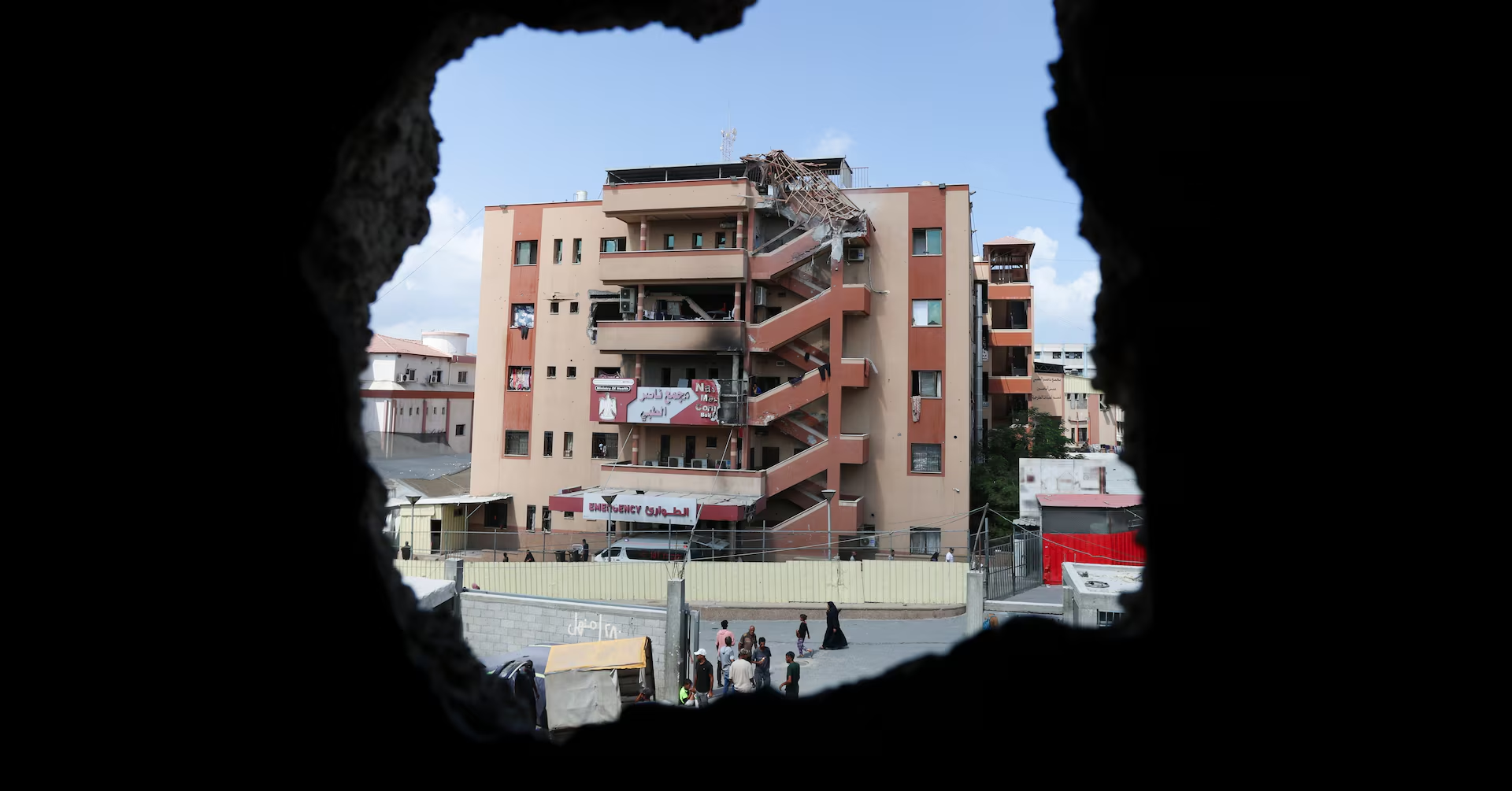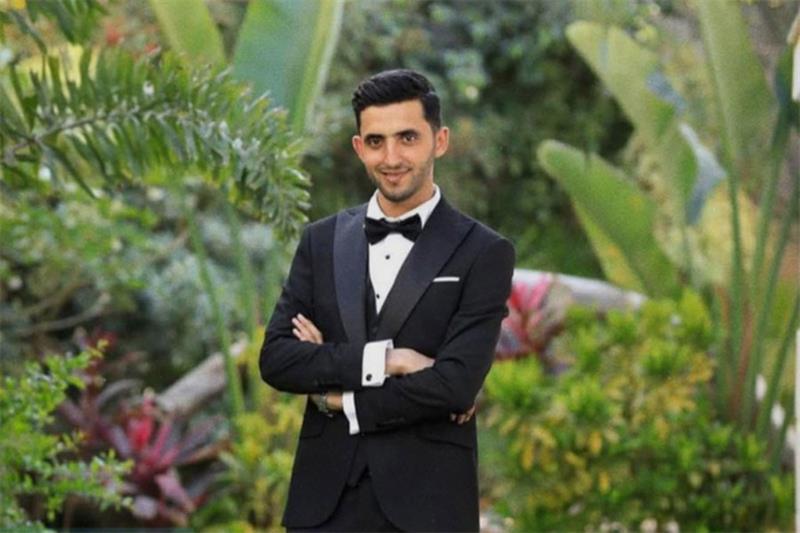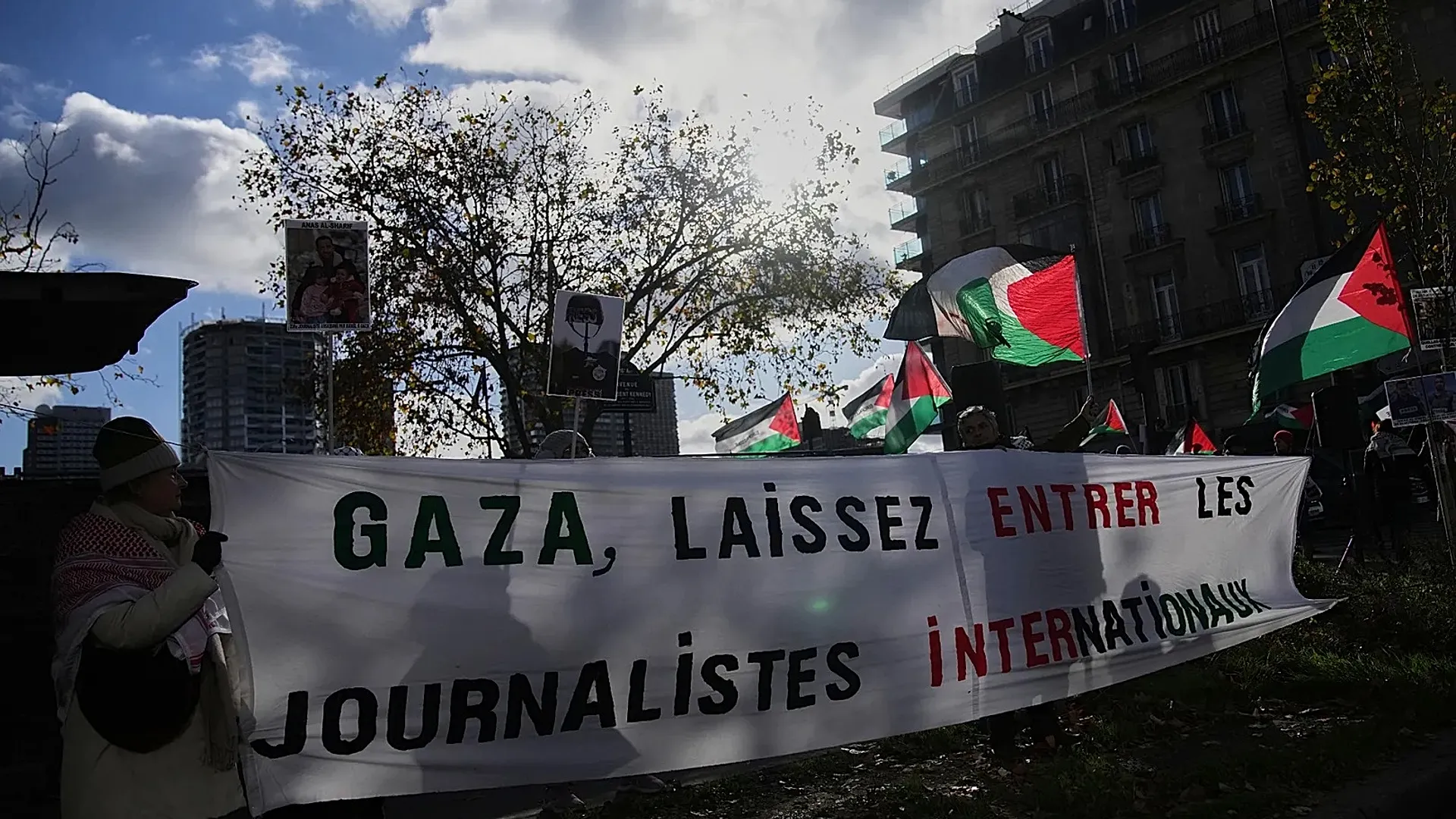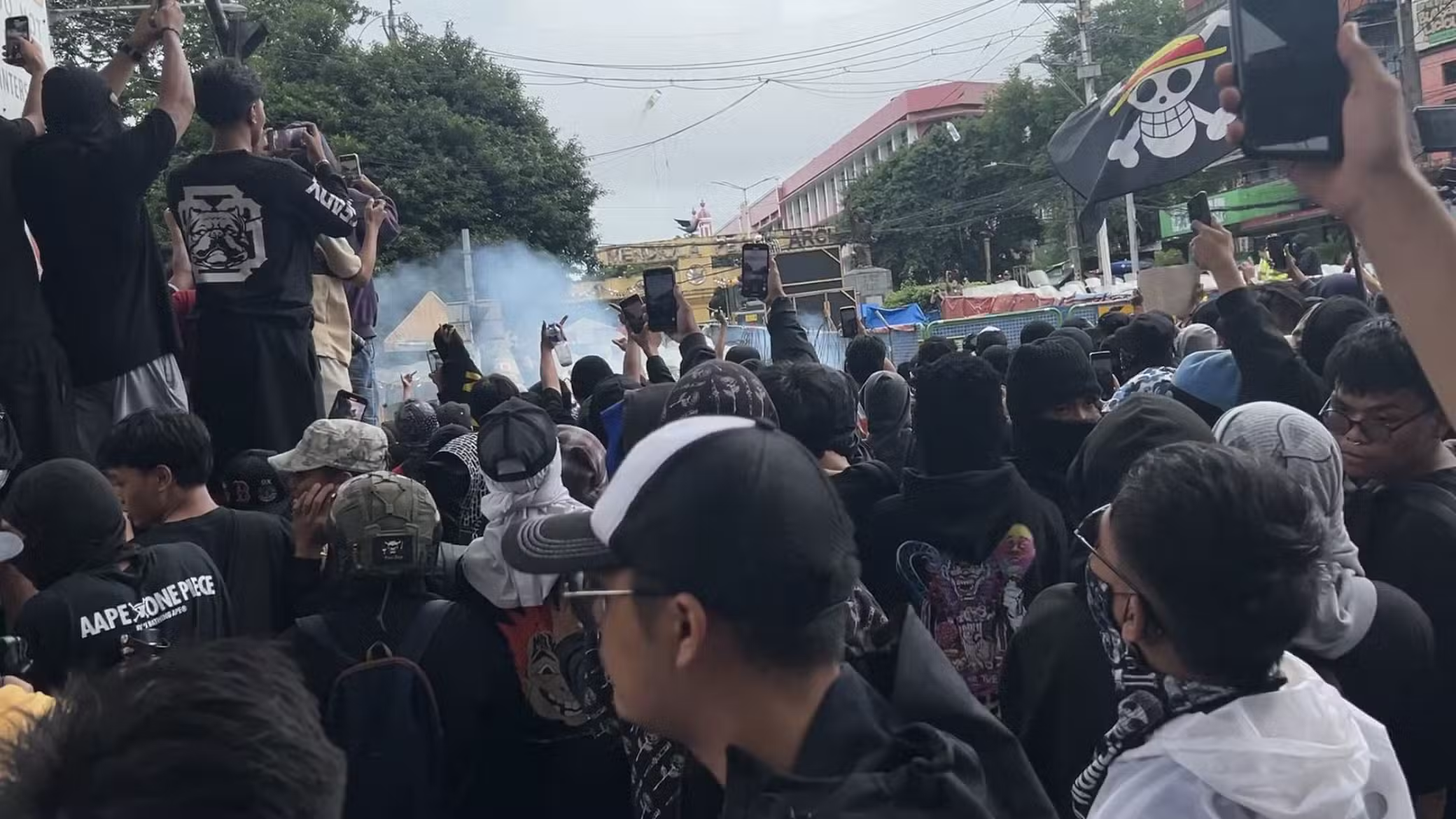
Rising Tensions as Photojournalists Confront Police Hostility at Sept. 21 Rally
September 28, 2025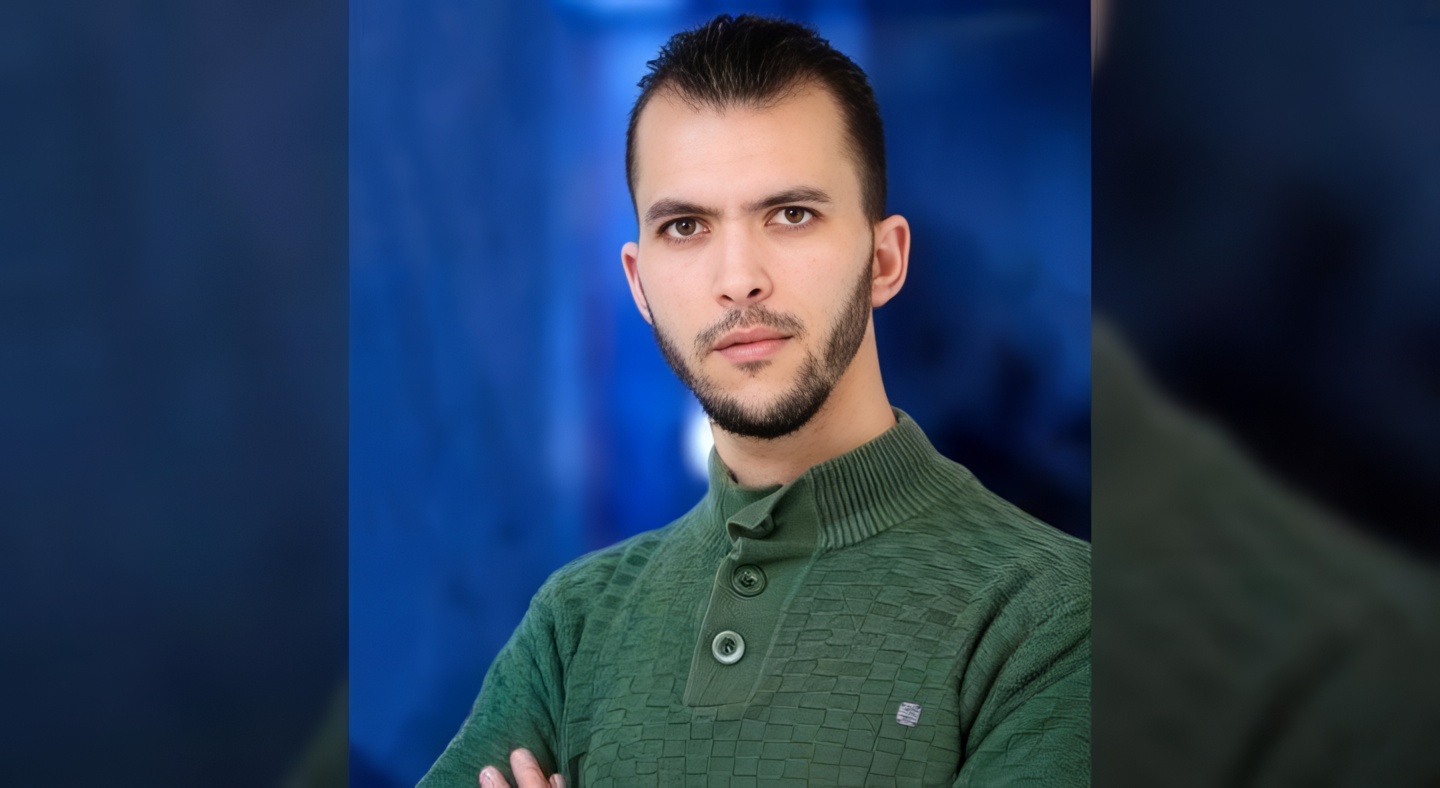
Mohammed al-Dayah Killed in Gaza as Journalist Death Toll Rises
September 28, 2025September 28, 2025 – Palestine –
A recent investigative effort by Reuters, echoed by Al Jazeera’s coverage, dismantles Israel’s official narrative concerning the August 25 strike on Nasser Hospital in Gaza, which claimed 22 lives, including five journalists.
Israel asserted that its forces targeted a Hamas-operated surveillance camera mounted at the hospital, presenting drone footage as justification. But Reuters’ in-depth review of visual evidence and eyewitness testimonies uncovered a starkly different picture: the camera actually belonged to Reuters journalist Hussam al-Masri. For months, al-Masri had placed his camera on the hospital stairwell and routinely shielded it with a prayer rug—not as camouflage for a weapon, but to protect it from heat and dust.
According to the investigation, Israeli forces launched two deliberate shellings. The first struck the stairwell; the second hit rescuers and journalists responding to the aftermath of the initial blast. Significantly, Reuters found that the second attack occurred while al-Masri’s body was still being evacuated. The inquiry also determined that the strike was carried out without following the chain-of-command protocols normally required for operations against civilian structures; the ground troops lacked authorization from higher command.
Israeli authorities have insisted that the journalists were not deliberate targets and described the incident as a tragic error. Yet legal scholars who reviewed the findings warn the attack may amount to a war crime. Under international law, striking a hospital demands strict justification—such as proof of its use for hostile operations—and proper warnings to avoid civilian harm. In this case, Reuters notes that no warning was delivered to hospital staff, patients, or reporters before the shelling.
As of now, neither Israel nor its military has changed policy or held accountable those responsible, despite the growing pressure for transparency. The investigation stands as one of the most comprehensive accounts yet of how the strike unfolded—and invites broader questions about accountability, press protection, and the rules of warfare in Gaza.
Reference –

